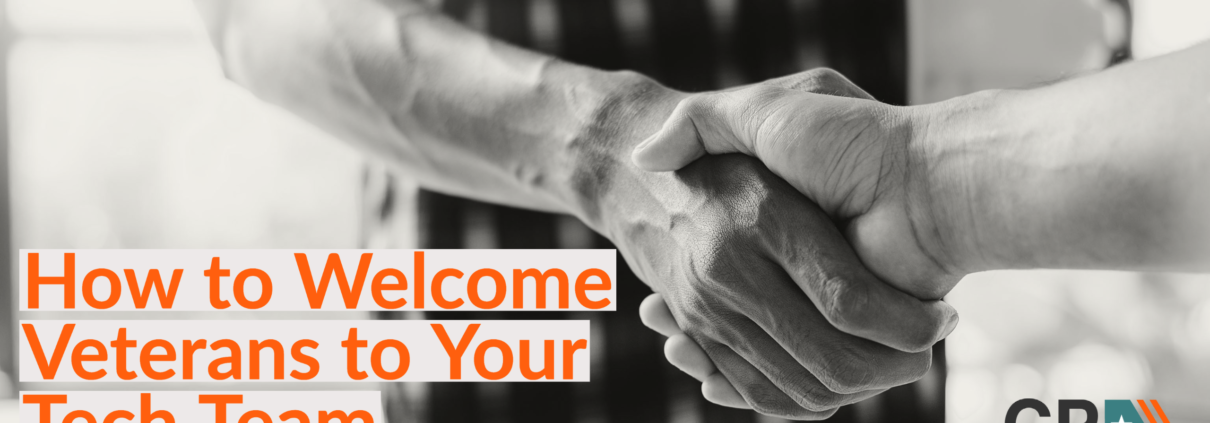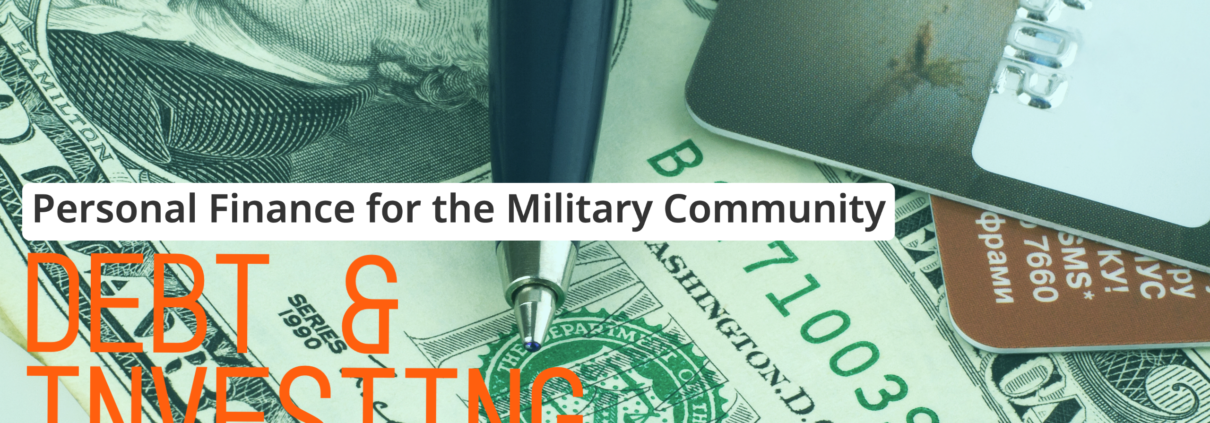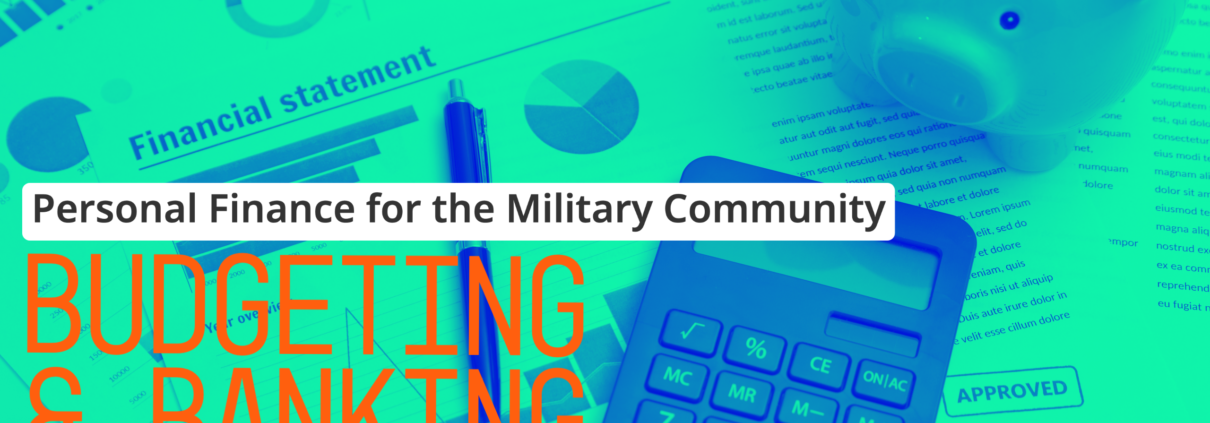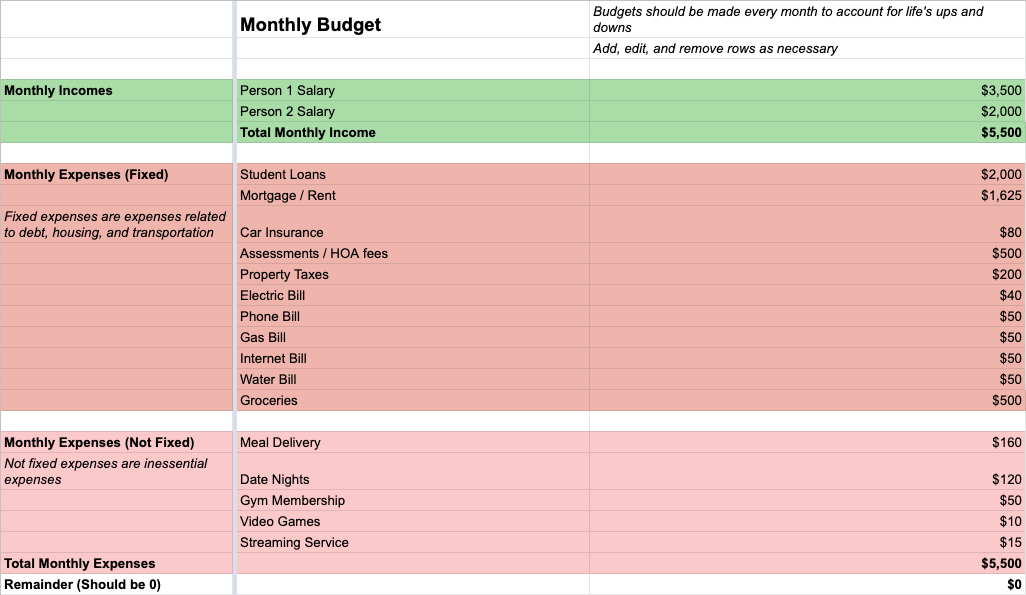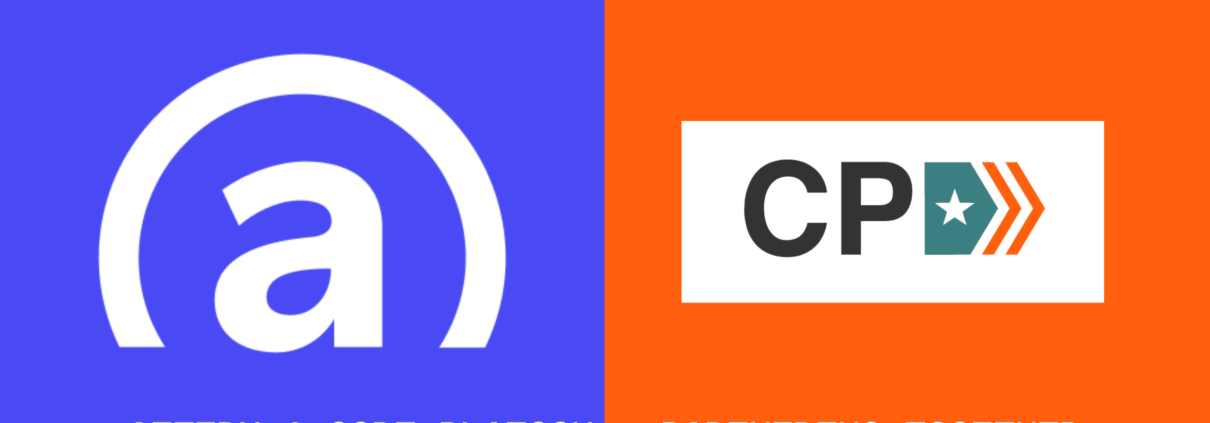The Best Paying and Most In-demand Programming Languages in 2022
At Code Platoon, we track national demand for programming languages so that our Veteran, Servicemember, and military spouse students get the best training for their new software engineering or DevOps engineering careers.
This article highlights the programming languages with the highest salaries and most frequently targeted job postings for 2022. We’ve also published our findings for 2021, 2020, and 2019.
Our 2022 findings show that Python and Javascript developers continue to be paid well, ranking #3 and #4 in salary. C++ holds #1 in compensation but there are relatively few job postings. Java, Javascript, and Python lead in jobs posted.
How we identified the top programming languages for 2022
To measure compensation, we examined the 15 most popular coding languages according to Stack Overflow’s Developer Survey. We mapped the average salary for those languages’ job listings on Indeed.com, one of the largest job listing sites. We tracked the total number of job postings targeting those 15 most popular languages to measure demand.
Ranking programming languages by pay and number of job openings
Python: Python is an interpreted, multi-purpose programming language. It holds the #3 position in the Average Salary and Job Postings categories. Python continues to grow in use for data science, machine learning, cybersecurity, and DevOps engineering.
Javascript: Javascript took #2 in Job Postings and #4 in Average Salary. Javascript is an indispensable language for programming web applications and remains popular with employers.
Java: Integral to large-scale, legacy business applications and gaining new relevance from its Google adoption for Android, Java climbs to #1 in Job Postings and #2 in Average Salary.
C++: C++ is used primarily in gaming and high-performance applications. It stands at #1 in Average Salary and #5 in Job Postings. C++ is fast and stable, but it’s also among the most difficult programming languages to learn.
C#: C# maintains a user base through its continued use for the Unity gaming engine. It stands at #4 in Job Postings and #6 in Average Salary.
PHP: PHP is a general-purpose scripting language that powers WordPress. It’s ranked #7 in Job Postings and #8 in Average Salary.
C: C is an older–but still widely used–programming language. It holds #5 in Average Salary and #6 in Job Postings. Concepts that are hidden to users in scripting languages like Python and Java are exposed in C, offering more flexibility. However, its complexity makes it challenging to learn.
SQL: SQL (or Structured Query Language) is the standard language for relational database management systems. It’s a query language that allows users to draw information from databases. SQL ranks #7 in Average Salary and #8 in Job Postings.
What will be the most popular programming language in 2023?
Speculating how these programming languages will fare in the future is difficult because the supply of qualified applicants affects the number of open positions. However, Python will likely continue growing as companies increasingly adopt data analytics tools, infrastructure software development, and AI tools (all areas where Python shines). Javascript will also continue to be the “language of the web.”
If you’re looking for more information on the various programming languages and their relative popularity in the workforce, the TIOBE Index and Stack Overflow provide authoritative reports. They consider industry demand and incorporate different approaches to determining the best programming languages.
Are you a Veteran, Servicemember, or military spouse interested in learning to code? If you’re a military community member looking to transition to a tech career, you can apply to one of our programs to get started.
Rod Levy is the Founder and Executive Director of Code Platoon. Rod spent 20+ years in finance and entrepreneurship. He was a Partner at G-Bar Limited Partners, where he co-founded and managed their volatility-arbitrage trading desk (BBR Trading). He was one of the founders of Cerrio, an internal software start-up. He holds undergraduate and master’s degrees in engineering from Cornell University and an MBA from The University of Chicago Booth School of Business, where he graduated with honors. Rod has also completed Dev Bootcamp’s web developer program.
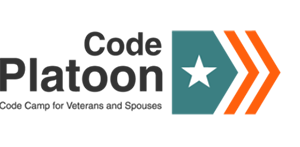
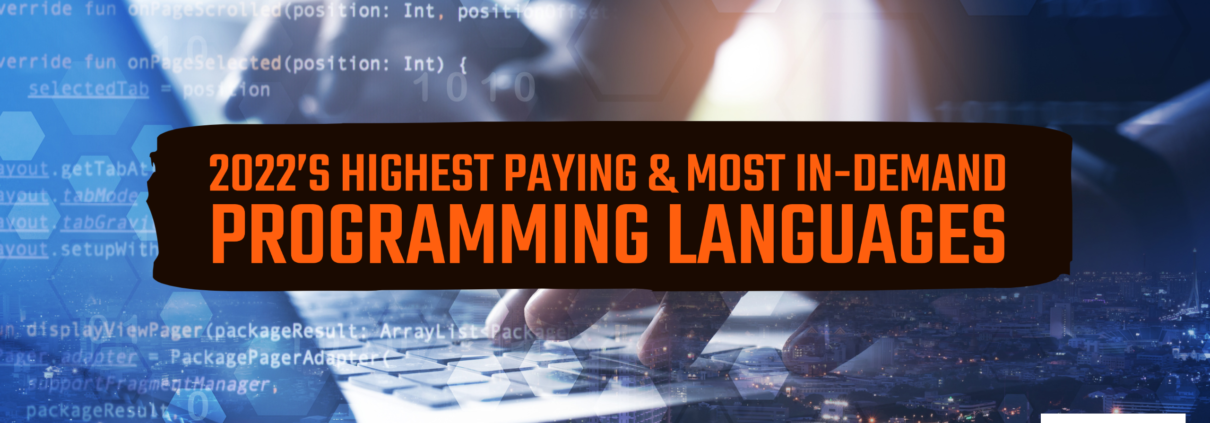
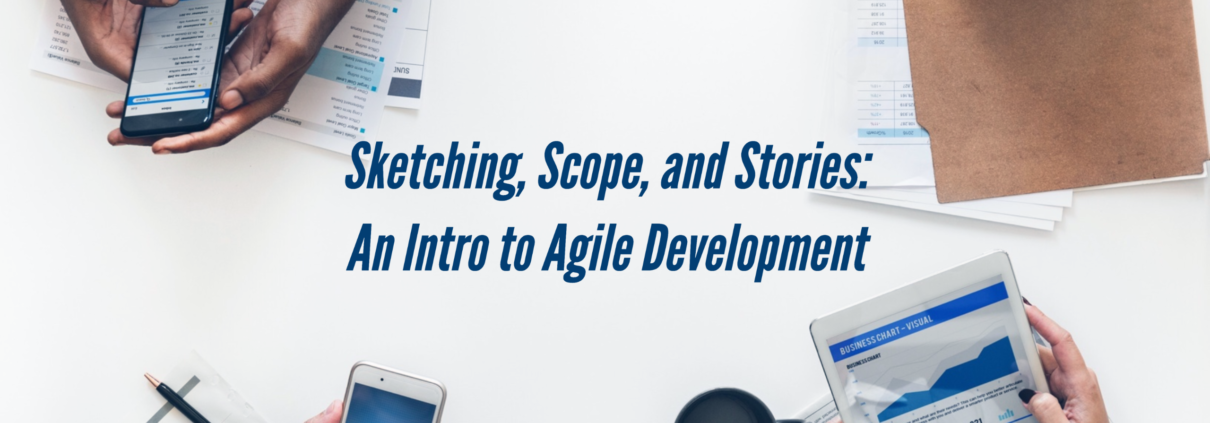
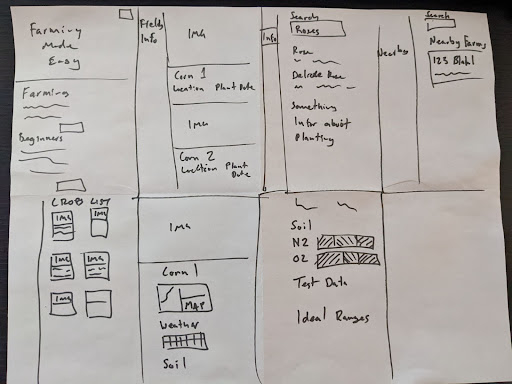


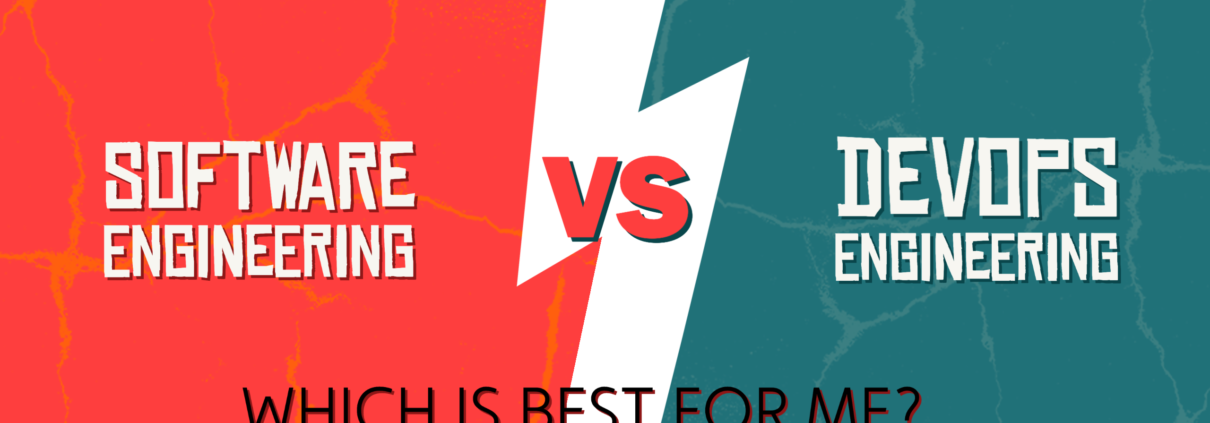
 But if you want this project to be done both well and efficiently, then you need what is called a feedback loop. It will not work to have a project initiator say, “I want this thing to do X” and then have engineers design it perfectly on the first try. You need the initial plan, feedback from engineers to inform that plan, response from the planner, and constant tweaks in that manner that form the cycle of feedback, planning, and implementation.
But if you want this project to be done both well and efficiently, then you need what is called a feedback loop. It will not work to have a project initiator say, “I want this thing to do X” and then have engineers design it perfectly on the first try. You need the initial plan, feedback from engineers to inform that plan, response from the planner, and constant tweaks in that manner that form the cycle of feedback, planning, and implementation. 